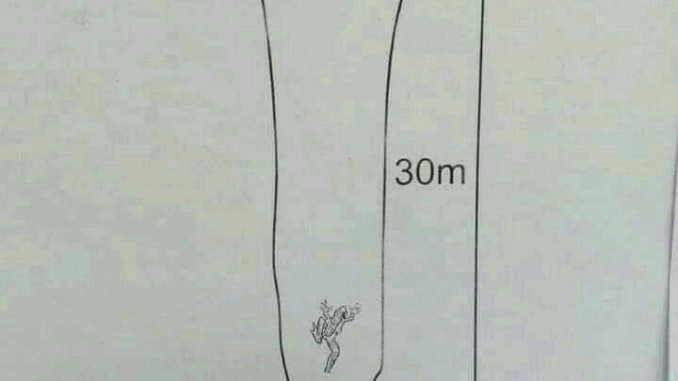

Riddles, those intriguing puzzles that have fascinated people for generations, possess a unique ability to stimulate the mind beyond just providing amusement. They go beyond mere wordplay, serving as a doorway to cognitive development and a means to enhance our mental sharpness and understanding of the world.
Take, for instance, the well-known riddle about the frog in the pit. What appears to be a simple problem challenges us to think more deeply. It encourages us to analyze the situation, break it down into manageable parts, and use logical reasoning to find the solution. Through this process, we not only solve the riddle but also learn valuable strategies for tackling complex issues in real life.
The appeal of riddles lies in their dual role as both entertainment and education. They offer a fun and engaging way to stimulate our thinking, challenge our preconceptions, and foster personal growth. By navigating the unexpected twists and turns of a riddle, we are prompted to think creatively, reconsider our assumptions, and broaden our perspectives.
Solving riddles demands cognitive flexibility—the ability to shift between different ways of thinking and adapt to new challenges. As we work through the intricate logic of a riddle, we exercise our mental agility, enhancing our ability to think creatively and approach problems from various perspectives.
WATCH THE VIDE BELOW:
Leave a Reply